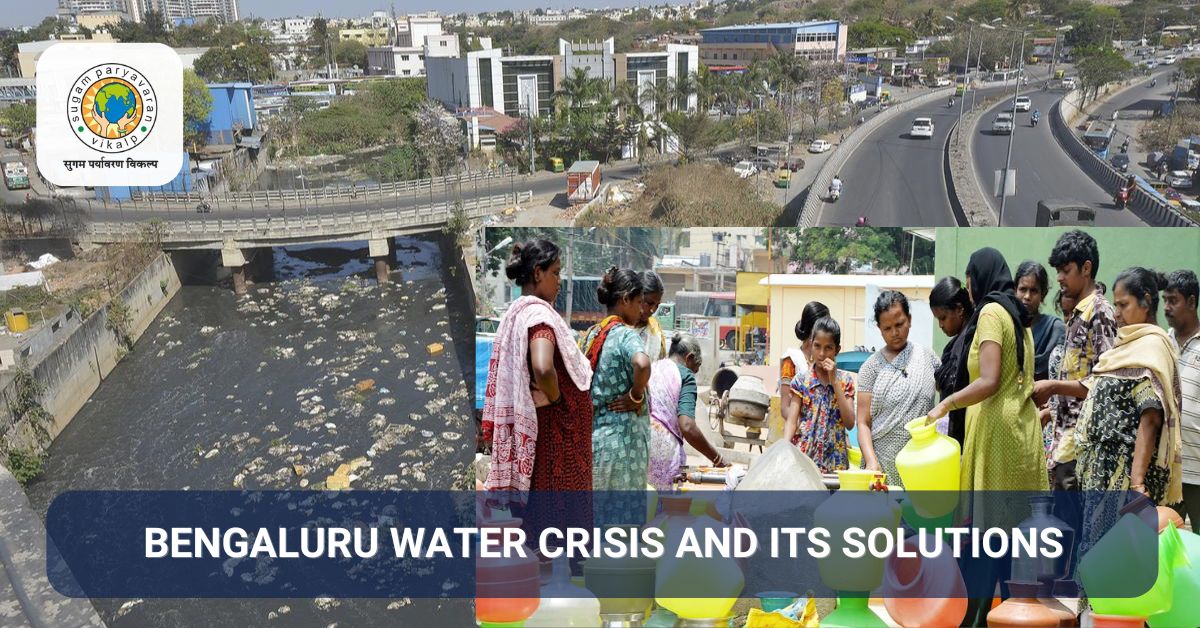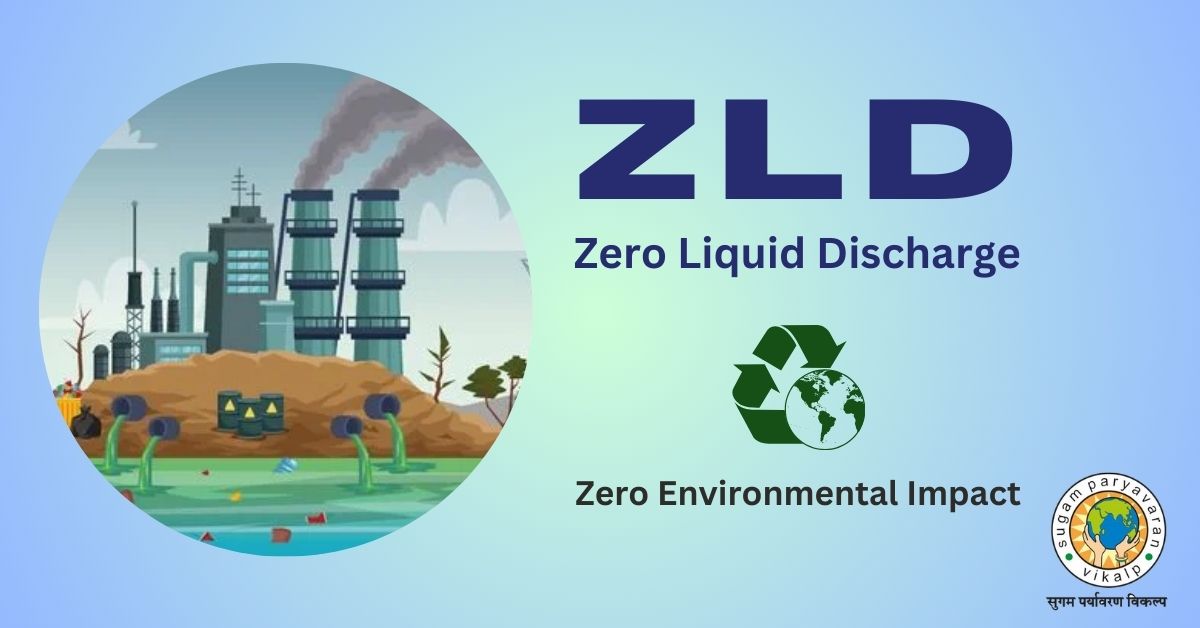Bengaluru Water Crisis and Its Remedial Solutions

Date: MARCH 20, 2024 | Author: DR AVINASH KADAM
Ground water catastrophe in IT Capital of India & need for Blue revolution
Background:
History repeats—water can build and destroy the civilizations however powerful. Equipped with power of IT and data science ‘Bengaluru’ the silicon valley of India failed to foreseen its water crisis. In spite the constant nudging by scientific community and cognizant Bengalorean; Bengaluru is facing one of the worst drought situations.
Bengaluru is situated 920 m above sea level with 2789 lakes (2001 BMRDA) and 2 rivers. The geographical advantage made it IT capital and one of the finest city of Southeast Asia. Many IT professionals has dream to work there and with them come other loads of people who, provides service and goods.
Current Crisis in Bengaluru and its root causes:
Water crisis are not new to city of Bengaluru which used to get intermittent weekly water supply earlier also. It was merely replying on its ground water. There are 2 major water bodies Cauvery basin and Dakhini Pinakin on the north and south of the city respectively. These 2 along with numerous lakes maintain the ground water level which is main contributor of the potable water. On the contrary these water bodies have been used as dump yard for sewage; making sanitation issues so much which will eventually lead to migration of people.
Urbanization has put so much pressure on these resources that nearly 83% of the lakes are difficult to locate on map- The collateral damage is the reduced ground water level in not only the lakes basin area but across the geography of this city. Sewage percolation from these lakes and agriculture washouts from adjoining rural area made the remaining ground water contaminated with hazardous chemicals. In this water crisis slums are forcibly using ground water which is creating severe health crisis.
With about a staggering 86 percent of the water needs of the urban areas being met by extracting groundwater, the centrality of groundwater to the existing crisis cannot be denied. With an estimated 1000 million litres of sewage being discharged into the city’s lakes and reservoirs that once functioned efficiently as sites for rainwater capture and groundwater recharge, it has also become clear that sewage treatment and water recycling form a complementary piece of the puzzle that is the Bangalore water crisis.
There exist pattern of such urban migrations and data analysis can provide the future numbers useful in water infrastructure development. Many eminent environmentalists communicated these claims to government bodies time to time. The Bruhat Bengaluru Mahanagara Palike (BBMP) is waiting for monsoon till then they will pump the water from afar Cauvery basin—at SUCH cost! Is this a short term problem? Certainly not it will repeat and takes years to recover original uncontaminated ground water level if we act now. Certainly we don’t want to lose our silicon valley which is 3rd major contributor of our economy.
Measures needed for way out of this crisis: BLUE REVOLUTION
This catastrophic situation has to be met by short term as well long term initiatives.
Short term measures recommended as:
• Tap the recycled sewage existing wherever – may be with BBMP/BWSSB/KUWDSB or even private operated STPs and make it available for recharging
• Let’s have quality check on the treated sewage
• Surplus good quality treated sewage can be put it into many dry lakes in the city
• Even treated sewage from adjoining areas can also be tapped
• Can make small recharging bores of minor dimensions along the roads to percolate rain water
• All illegal construction along the lakes must be removed ruthlessly
• All societies have to make some area free from concretization and make the soil surface available for ground water recharge during monsoon. May be 3-4 meter soil strip all along the boundary wall can be made mandatory for every housing society.
Long term measures recommended as:
• Rationing of water supply: Reserve the current supply of fresh water only for Drinking water purpose and contact water purpose
• “Monsoon is seasonal, sewage is perpetual. Indian civilization very rightly terms it as lost water or spilled out water rather wastewater.
• Our submission is to leverage upon the sewage generated daily in Bengaluru City and use the excess treated sewage to recharge the dry bore wells and dry lakes which eventually shall augment the ground water table irrespective of rain.
• Added to that, incentives for rain water harvesting and sewage recycling to housing societies will complement this efforts leading Bengaluru to water positivity.
• Corporates will have to play crucial role through their CSR activities in setting up STPs in their premises as well adjoin semi urban areas.
• Let the other application of water shall met with recycled sewage
• One of the major problem in Bengaluru in multiple agencies dealing with wastewater management. Coordinated efforts between them is pivotal for success of the water mission in Bengaluru. A multifaceted problem requires a multifaceted solution through multi stakeholder initiatives. We invite all stakeholders including citizens, corporates, CSR and administrative bodies to come together and make the city of Bangalore ‘Water Positive’ through collective efforts.





